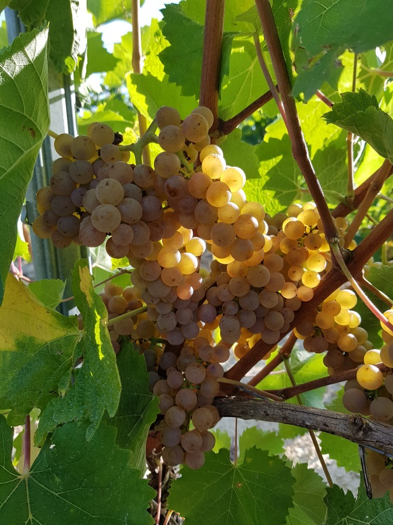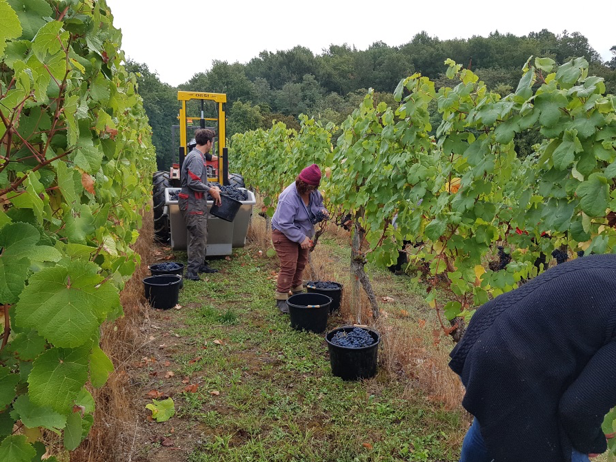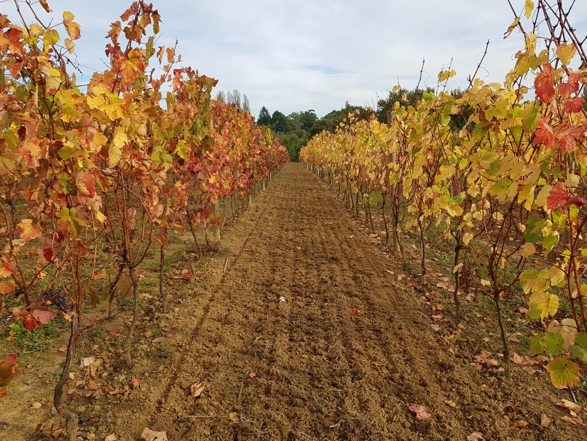The vinification of the 2019 vintage is in full swing for the winemakers of Plaimont. In the context of a transition to HVE3 viticulture techniques and following a very uncertain summer climate, let’s take a look at this year’s harvest and first impressions of the tasting.
2019: a mix of high temperatures and rain
This year, the vines in the Southwest started developing relatively early. However a cool spring slowed their growth and led to a more moderate release of white grapes clusters than in 2018. July was then very hot and foreshadowed a potentially complicated summer. Yet the month of August was punctuated by regular rainfall that reduced the risk of water stress and encouraged the aromatic expression of the white grape varieties.

Gros Manseng Moelleux
State-of-the-art technology and support of organic practices
The heavy rains of May, June and August involved constant vigilance around the management of delicate diseases. Thanks to weather stations spread over the appellations and linked to state- of-the-art computer systems, vineyard protection strategies are improving by taking into account local weather conditions. These advanced technologies allow winemakers to determine the times and thresholds of intervention more precisely.
In addition, biocontrol products are favoured during these interventions and their use is targeted. Alternative methods such as sexual confusion are widely supported by the growers of Plaimont and their results are encouraging.

Monastère de Saint-Mont harvest
Summary of the 2019 harvest
The harvest began in the early days of September, especially for the Sauvignon Blanc and Colombard grapes, to promote the expression of their varietal aromas. The sun was present during the whole harvest, which allowed the growers to work efficiently.
Despite moderate yields, as observed over the whole region, the conditions of the 2019 vintage were conducive to the aromatic expression of the white grape varieties. The sharp rise in sugar levels required a lot of attention; through the analysis and tasting of the grapes on each plot, in order to obtain a perfectly balanced harvest between sugar and acidity.
Promising wines and winemakers looking towards the future
The fermentations of the whites and rosés went well and the work is now continuing with racking and maturation on lees. In the cellars, the small yields of Pinenc, Cabernet and Merlot in Gascony have led to an adaptation of the pressing process, to obtain clear rosés.
As far as the reds are concerned, the Tannat once again demonstrated its ability to withstand unpredictable weather, but was slower to reach phenolic maturity. Although the racking and devatting are still in progress, the tasting results are already encouraging at this stage: the wines contain moderate, silky matter and are fruity.
The season is not over yet in the cellars and winemakers are already thinking about the year to come. Plaimont will therefore offer them training in HVE certification all winter, to support them in this environmental approach that involves an increased integration of alternatives to chemicals and the preservation of biodiversity.

Field bean and oats seeds planted on the experimental plot of land






